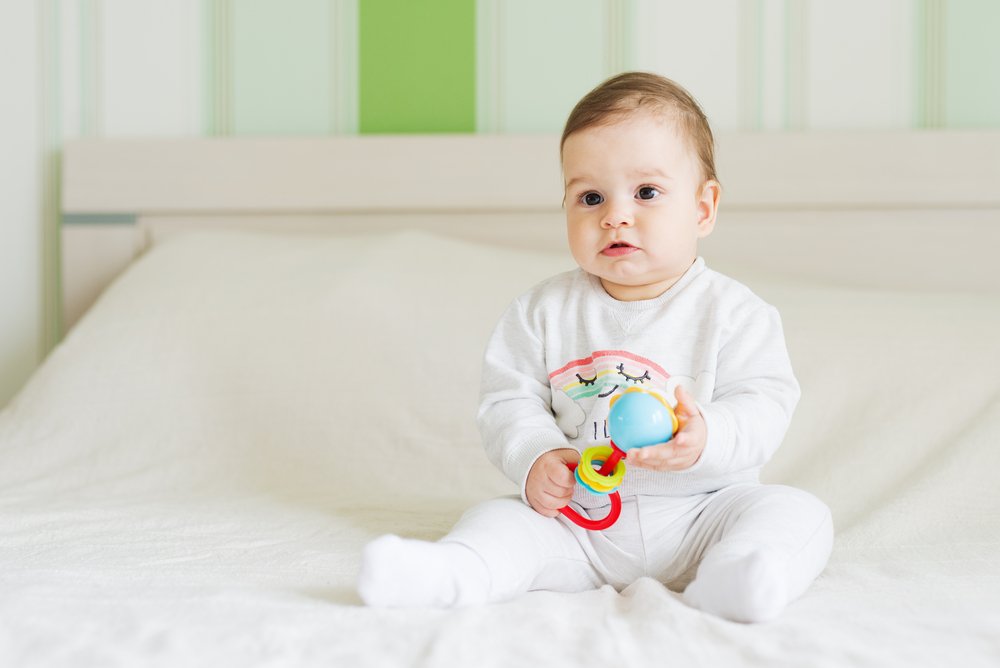Key points:
- Babies progress quickly in their first few months, with newfound hand coordination allowing them to interact with their surroundings.
- Between 3 and 5 months of age, babies begin to develop the ability to reach for objects and grab them voluntarily, a sign of their growing independence and movement capacity.
- Reaching for objects also provides opportunities for developing cognitive and linguistic skills, as parents can name objects and stimulate recognition.
- While developmental differences are common among children, parents should consult with a pediatrician if they have concerns about their baby’s motor skills.
Remember when your baby was born? Probably you recall their first days or weeks and, if you compare them to the baby they are now, you’ll see a lot of differences. For example, their newly acquired hand coordination allows them to reach for objects.
They are no longer that newborn that spent most of their time sleeping since they are now alert and eager to interact with their surroundings. They have become an active and receptive baby that reacts to the world around them.
New skill: Reaching for objects
If your baby is between 3 and 5 months old, they have probably achieved some important milestones such as greater voluntary control over their body, lifting their head and chest while facing down, supporting the upper body using their arms, stretching their legs, kicking, and opening and closing their hands. All of these will allow them to get closer to the objects that call their attention.
Usually, babies can hold small objects when they’re 3 months old. At first, you’ll need to help your little one by placing the objects in their hand. But later on, at around 5 months of age, they’ll start looking for things and will want to grab them voluntarily. The first sign you’ll notice about this new interest is that your baby will try to grab things that are out of reach. Reaching for objects is a great advance since it will allow them to develop the capacity to move independently. To help them move more and try to reach for the things they want, place your baby’s favorite toy a little out of reach and encourage them to take it. Also, you can move the toy from side to side, so that your baby can roll to get it.
This new interest won’t only allow your child to develop their movement capacity, but also other cognitive and linguistic skills. Take this opportunity and, while your baby is learning how to gab the things they are interested in, start naming them. Right now, they won’t be able to repeat the words, but you’ll stimulate their ability to recognize objects by verbal cues. Later on, when they learn how to speak, they’ll use this vocabulary to ask for what they want.
Remember that, even if it seems like a simple task, reaching for objects requires a lot of hand-eye coordination. So, after holding small objects, it’s normal for babies to take several months before they can do it on their own. Don’t worry if your little one has reached this age and hasn’t mastered this skill yet. These developmental differences among children are more common than you think. However, if you think your baby has difficulties developing their motor skills, it’s best to talk with your pediatrician.








